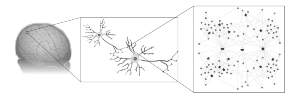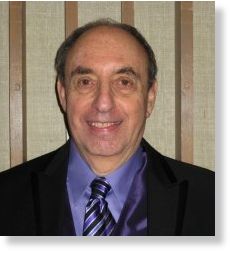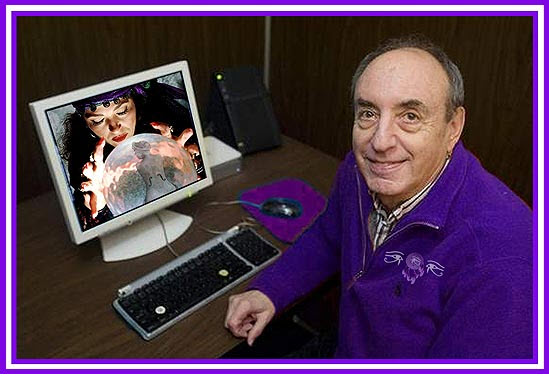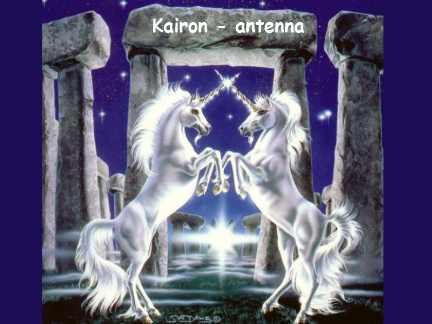A carbon emissions trading registry in Austria has suspended operations until at least 21 January following a hacking attack earlier this month.
The registry has been disconnected from the EU and UN carbon trading registries in response to the 10 January attack, details on which are unclear. A statement on the trading registry website (extract below) explains that the disconnection from other registries and suspension of operations is a security precaution taken to safeguard the operation of wider EU systems while problems on the Austrian site are identified and resolved.
Umweltbundesamt GmbH as registry and ECRA GmbH as registry service provider inform that for security reasons all access to the Austrian emissions trading registry has been locked because of a hacker attack on 10 January 2011. The Austrian registry can therefore not be reached until further notice.
Since the registry also had to be disconnected from the CITL and the ITL to ensure security, it is currently not foreseeable when trading in the Austrian emissions trading registry may continue.













